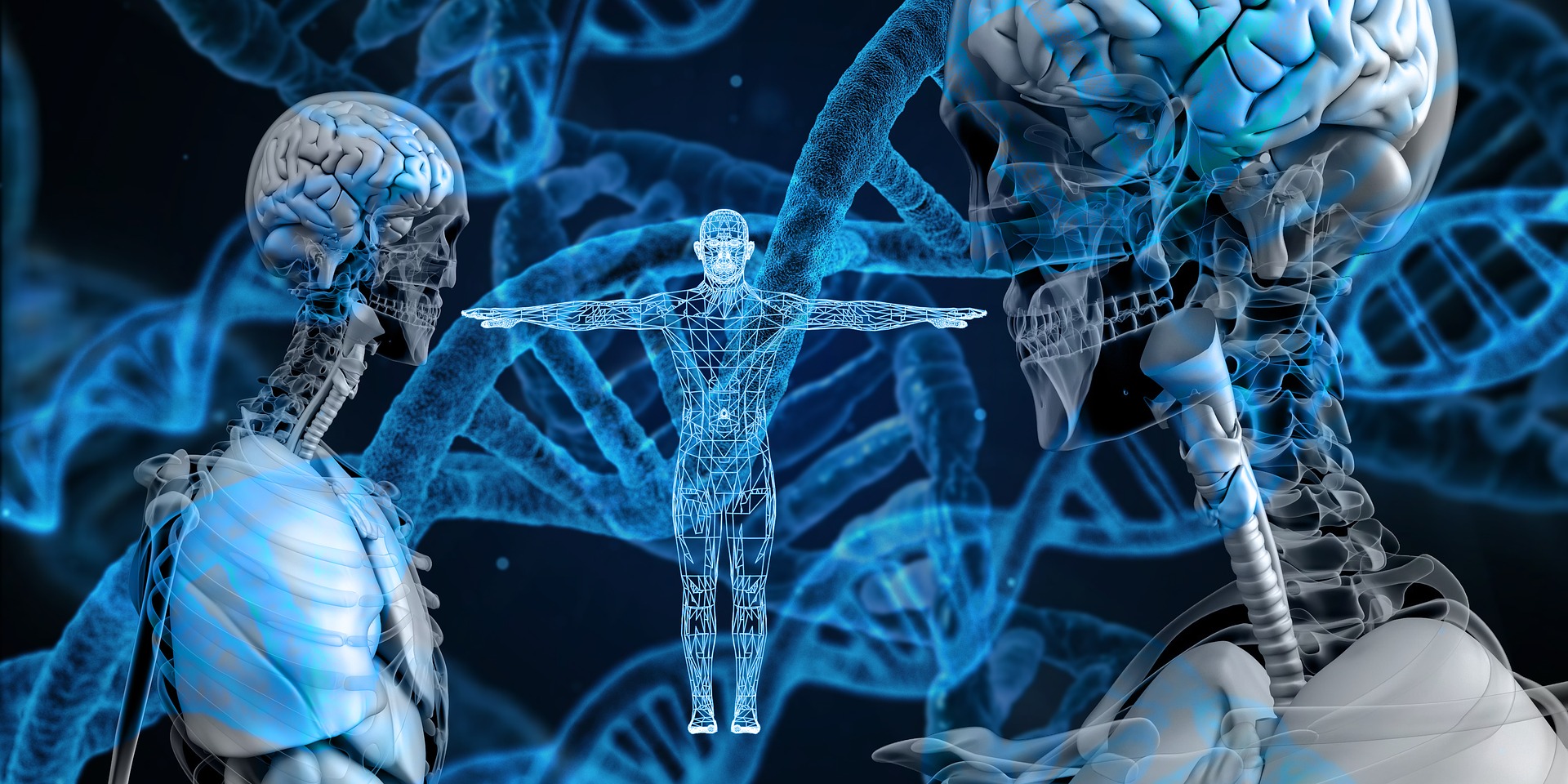The DNA Data Storage Alliance, an organization of more than 25 leading companies formed by Twist Bioscience Corporation, Illumina, Inc. (NASDAQ: ILMN) and Western Digital together with Microsoft Research, today announced its first white paper titled “Preserving our Digital Legacy: An Introduction to DNA Data Storage.”
The white paper, which can be found on the newly launched DNA Data Storage Alliance website, www.dnastoragealliance.org, presents DNA data storage fundamentals in an accessible way for both technically curious readers and for IT business, computer science or electrical engineering readers interested in the benefits, a technical overview, and the cost of ownership of this potential new storage medium. It discusses why DNA data storage is needed and expected to address the exponential growth of digital data.
A recent Gartner report estimates that, “In 2020, humans likely generated in excess of 400 ZB of digital ‘stuff’ – equivalent to 400 million petabytes or 400 billion terabytes (or 40 ‘shoeboxes’ of DNA data storage).” Further, “Gartner considers a 35% per-year growth scenario – closely reflecting the actual growth we saw beginning in 2010, a year that might be considered the birth of the cloud storage area – to be most likely.” According to the report, “new breeds of storage technologies must be created in response to the emerging need for immense available capacity at minimal cost in enterprise data centers.”
The density of DNA data storage is unprecedented. If the space inside an LTO cassette (approximately 235,000 mm3) were filled with DNA-based bits, the cassette could hold about 2,000,000 TB, or about 115,000 times the number of bits on an LTO-9 tape. In addition, encapsulated DNA has been shown to remain stable for 1000’s of years, even in harsh conditions.
“It’s undeniable that data growth is outpacing the scalability of today’s storage solutions. Literally, everything we do revolves around data – and capturing, storing, processing and mining it only serves to create even more data. The density and stability of DNA storage will help the industry cost-effectively cope with the expected future growth of archival data for many decades to come,” said Steffen Hellmold, vice president, corporate strategic initiatives, Western Digital.
Another key aspect of DNA as a storage medium is the immutability of its format. With existing storage technologies, the physical structure and format of the media and the methods used to read and write to it are fundamentally coupled. In contrast, DNA’s structure means that any generation of DNA readers and writers will be able to read and write DNA as long as the bit encoding formats are saved.
“The method for reading back data – either periodically to check data quality, or when needed for processing – is critically important in the life sciences as well as for data storage. Due to DNA’s universal format, DNA media will always be readable and writable,” stated Alex Aravanis, M.D., Ph.D., chief technology officer at Illumina. “We continue to drive sequencing technology forward at a rapid rate, with new applications like DNA data storage, and anticipate an active role in this market.”
“In addition to density, stability and eternal relevance, DNA data storage provides a far more sustainable option, requiring negligible space and energy when compared to current data centers that use an ever-growing amount of power and land,” said Emily M. Leproust, Ph.D., CEO and co-founder of Twist Bioscience. “Taken together, DNA’s storage density, durability and minimal maintenance costs radically reduce the cost of maintaining digital data in DNA over time, making it a viable option for long-term archival data retention.”
“The intersection of the trend toward massive digital data storage needs with our ability to manipulate synthetic DNA offers a vision of data archival ability that could radically change the scale of what we store and how long we store it,” commented Karin Strauss, senior principal research manager at Microsoft Research. “Preserving our digital legacy in turn opens possibilities to extract, and even create or discover, new knowledge.”
About the DNA Data Storage Alliance
The DNA Data Storage Alliance was formed in October 2020 by Illumina, Microsoft Research, Twist Bioscience and Western Digital. Its mission is to create and promote an interoperable storage ecosystem based on manufactured DNA as a data storage medium. The initial aim is to educate the public and raise awareness about this emerging technology. In addition, as the methods and tools for commercially viable DNA data storage become better understood and more widely available, the Alliance will consider the creation of specifications and standards (e.g., encoding, physical interfaces, retention, file systems) to promote the emergence of interoperable DNA data storage-based solutions that complement existing storage hierarchies. The Alliance neither certifies nor endorses specific products or applications.

